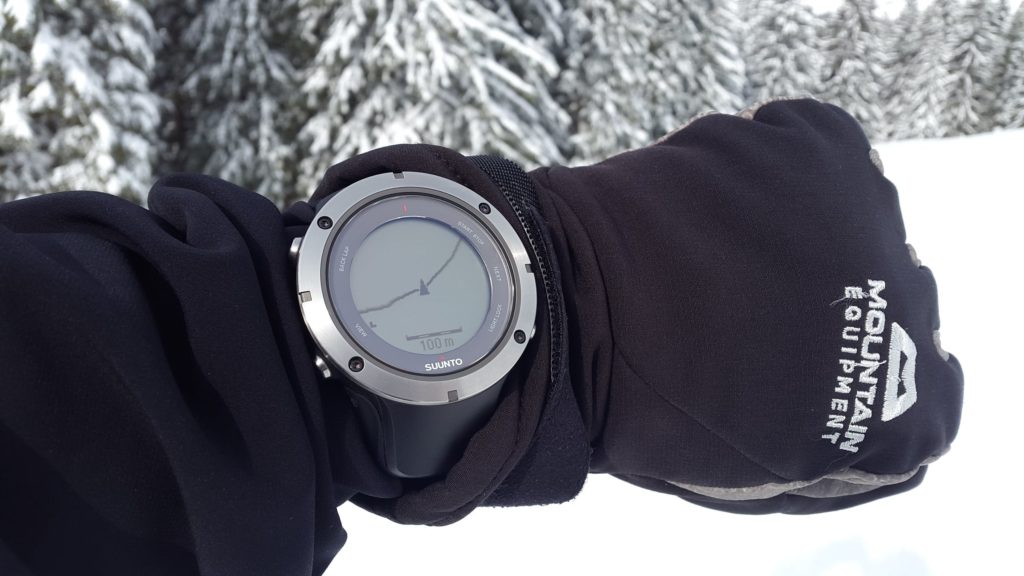A GPS tracking device uses global positioning system technology. This was something novel and modern not too long ago, but is now so commonplace that few of us still consider the technology we actually use when we switch on Google Maps to help us find the nearest grocery store to our location, for instance. GPS is convenient and we use it unthinkingly for a great deal of different things. The downside of this is that few of us still understand the actual complexities of GPS and that there are some protocols that should be followed. Those are unwritten rules, if you like, that simply ensure we get the most out of our systems. Let’s take a look at them.
-
Make Sure Your GPS Tracking Device Is Simple
First of all, because GPS is now such a common gadget, manufacturers have developed increasingly complex devices with various features and options in the hopes of attracting more customers. There is no need for you to have something overly complex. Think about what your needs are – do you want to track your own movement, keep track of your child or your vehicle, and so on – and find a device that is able to deliver that as simply as possible.
-
Learn to Read GPS Coordinates
We are so used to having our technology do everything for us that we have forgotten how to read maps and to positioning ourselves using latitude and longitude coordinates. They are presented in degrees and numbers and can measure your exact distance from any place on the planet, north to south and east to west. You are under no obligation to be able to read these coordinates, but it is useful to have at least an understanding of what you are actually looking at.
-
Make Sure You Download Data
A GPS device can be plugged into a computer so that all the data can be downloaded. The more complex systems usually come with their own proprietary software, some of which can link to the cloud for automatic storage. These software packages enable you to download the routes that were taken, when the device was on those routes, how long for, what speed it traveled at, and so on.
-
Keep Your Maps Up to Date
If you have a GPS device, be that to help you find your own way or to track where and when someone else is going, it is vital that it is up to date. New roads are created regularly, street names changes, and so on. If you want your GPS to give you accurate information, it must be up to date.
-
Get to Know Your App
Your GPS tracker is likely to come with a smartphone app that will have a number of other features on as well. Find out what they are and use them to your advantage. You need to get the most out of this amazing technology that so many of us now seem to take for granted.



